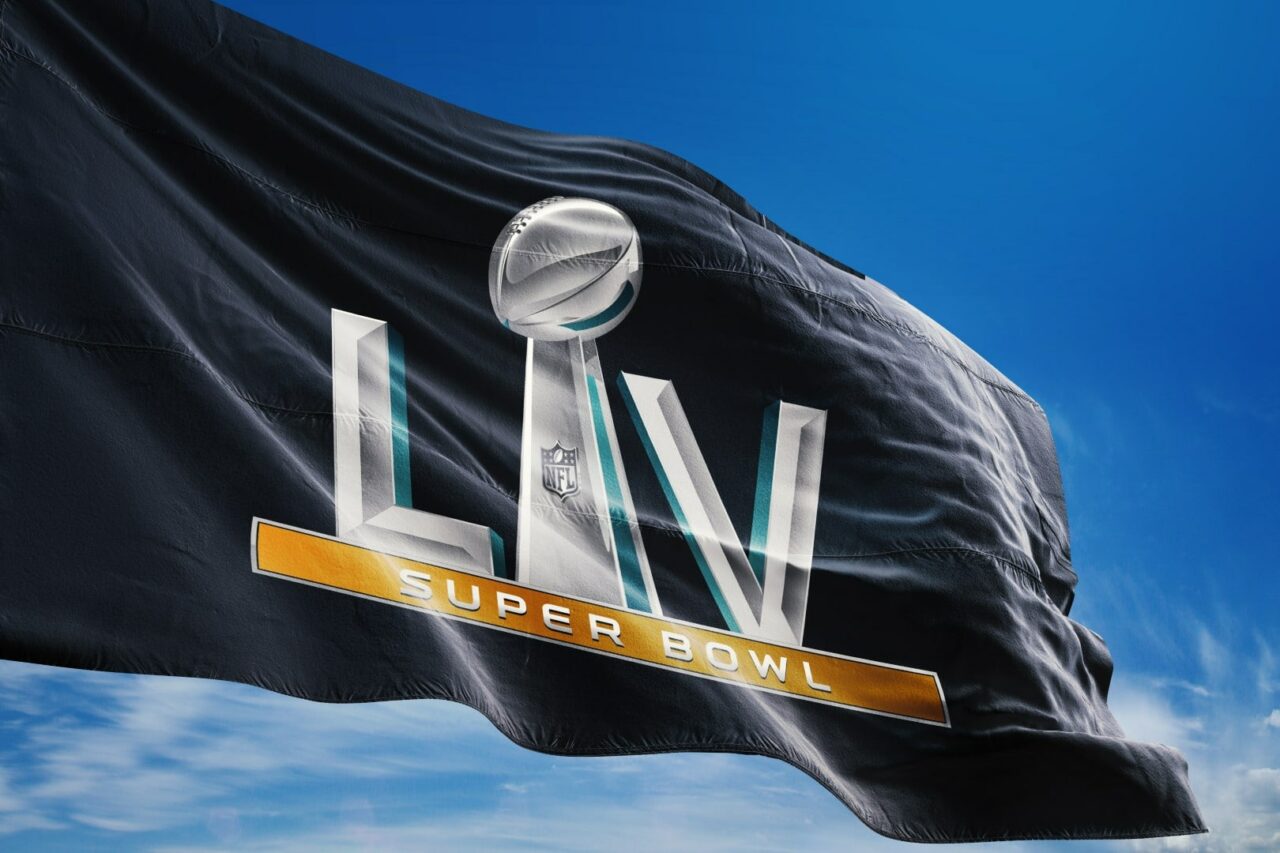
Those of us who live in and around Tampa are justifiably proud of our city. It has the right mix of cosmo and crazy, and we have plenty of stories you can only find in Florida.
We also know how to handle big events, and that’s good. They don’t get much bigger than Super Bowl LV on Feb. 7 at Raymond James Stadium. It’s the fifth time the big game has come to town, and the organizers are a well-oiled machine. They’ll handle things well.
But even in a town that once called itself America’s Next Great City, things don’t always go according to the script.
Tampa had another nickname back then: The Lap Dance Capital of the World.
“Suffice it to say that football was not the only contact sport back then,” former Tampa Mayor Bob Buckhorn said when I caught up with him Thursday afternoon.
That’s not the storyline that image-conscious city leaders wanted to sell at a time of maximum visibility.
In 2009, the last time the Super Bowl was here, they wanted to focus on all the exciting entertainment and business options that can found here. They talked up the nearby beaches, Ybor City, growth, and our historic cigar industry.
The media wanted to talk about strip clubs.
“Believe me, I remember that well. It was inevitable, given Tampa’s prior reputation,” Buckhorn said. “We tried to push back a little. But we also knew the people would find it too sexy not to write about – figuratively and literally.”
Back then, Tampa and Hillsborough County had 43 establishments where ladies took off their clothes for males’ (or other females’) entertainment (and money).
Two of the most famous clubs were on the strip – sorry, I mean the Dale Mabry Highway – leading from Interstate 275 to the stadium: Mons Venus and 2001 Odyessy.
How big of a deal was this?
My newspaper at the time, the Tampa Tribune, did its part to provide helpful information to visitors. It listed the 43 strip clubs on its website so out-of-town guests could find vital information on things like the cover charge and dress code.
I’m not sure that went over well at City Hall, but I digress.
For visitors, Super Bowl week is about parties, frivolity, and maybe a walk or two on the wild side. That’s where these clubs came in. Dancers knew that visitors came to the Super Bowl with cash to spend and heightened curiosity because of Tampa’s national reputation for sleaze.
In one Associated Press story about the 2009 game, a dancer said she could make $2,000 a night entertaining the visitors. Most clubs added dancers and even set up tents in their parking lots to accommodate the crowds.
It sure had the NFL’s attention, as did Tampa’s so-called “6-foot rule” that Buckhorn helped push through the City Council in 2000. Designed to curb lap dances and other club activities, it met with limited success.
Before the 1991 game between the New York Giants and Baltimore Ravens, the NFL sent warning letters to all players about what could go wrong. Then-Giants Coach Jim Fassel sounded the warning to his team.
“I’ve talked about all the ordinances, all the things that are going on down here,” he said.
Fassel even listed establishments where players could be targets.
The clubs still dot the map here, but they aren’t much of a super storyline this time. The pandemic is responsible for a lot of that, of course. There won’t be anything close to the usual number of out-of-town visitors for Super Bowl week.
“People who were in Tampa then would see a city now that is radically different,” Buckhorn said. “The Tampa Riverwalk wasn’t close to being done then. That has totally changed everything about downtown. There are places like Ulele and Tampa Armature Works right off Riverwalk.
“The J.W. Marriott wasn’t here then. Someone staying there can look out at the incredible Water Street Tampa project and wonder what the heck has been going on here. We’re all grown up now. They will have far less to explain their wives.”



